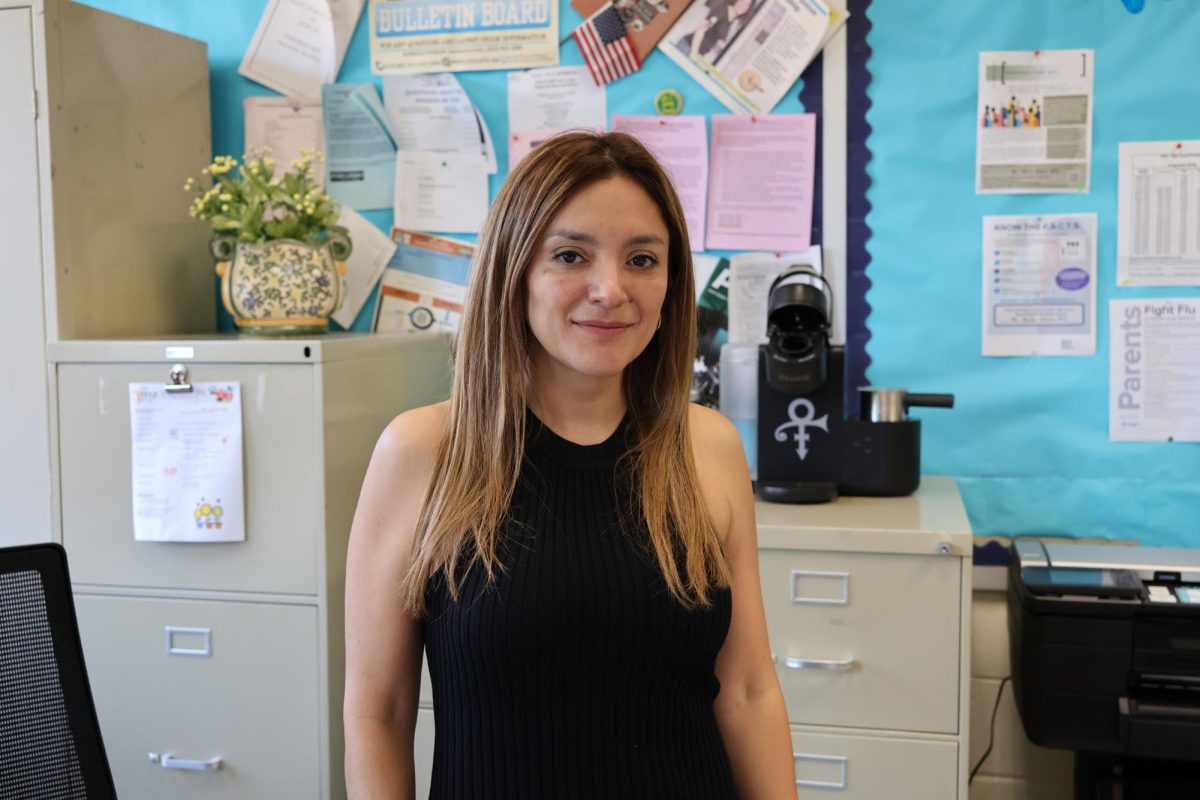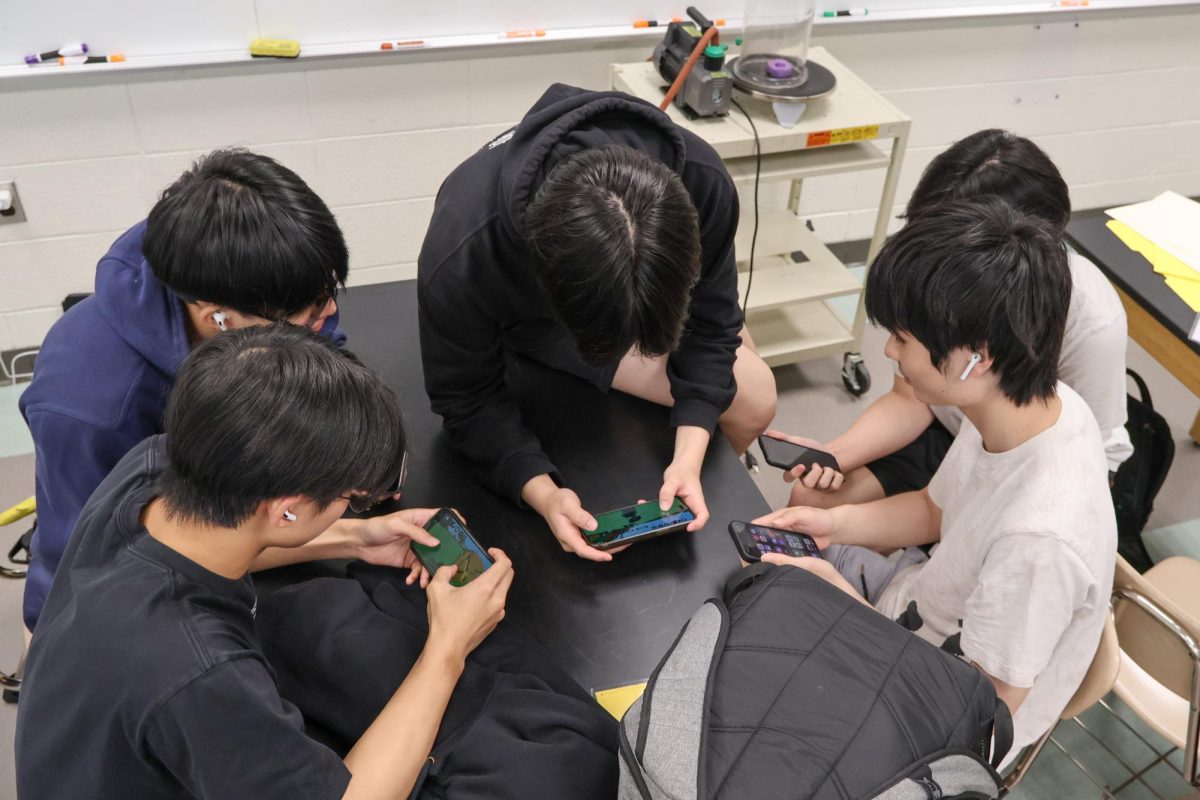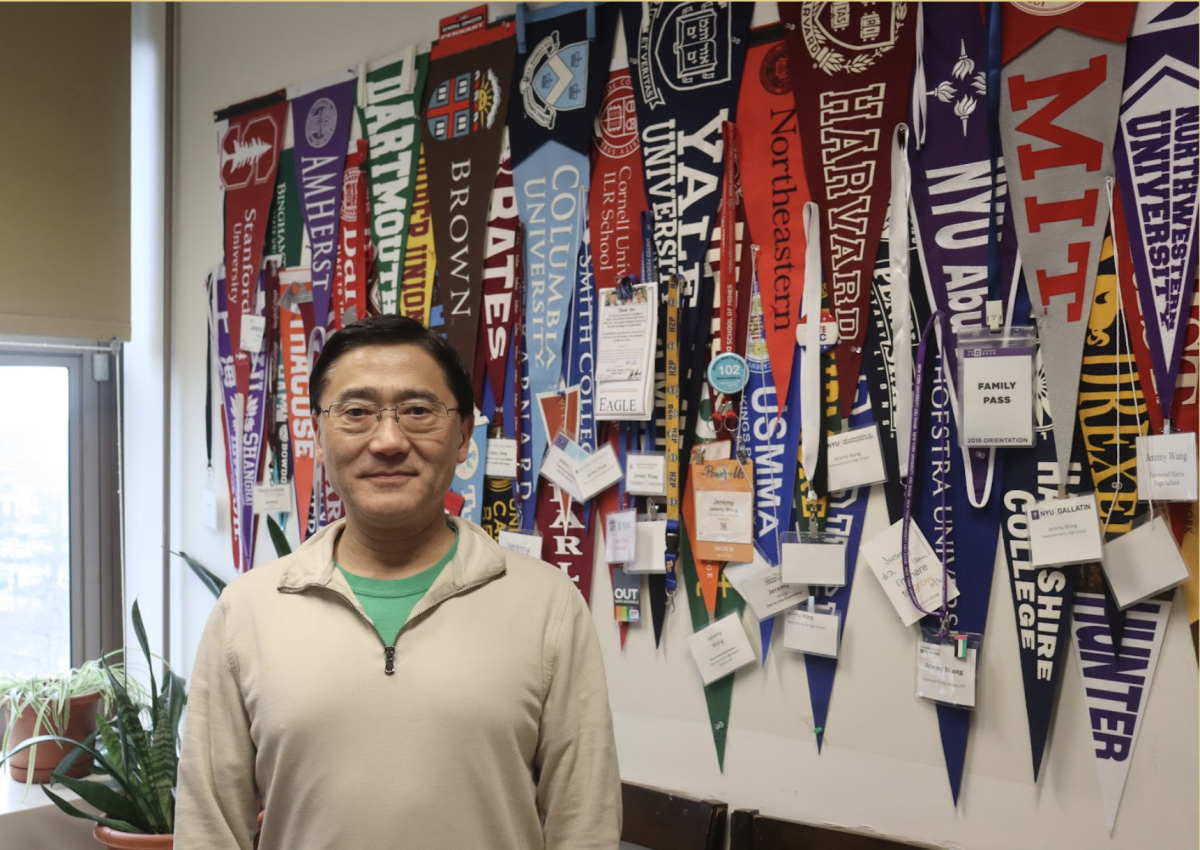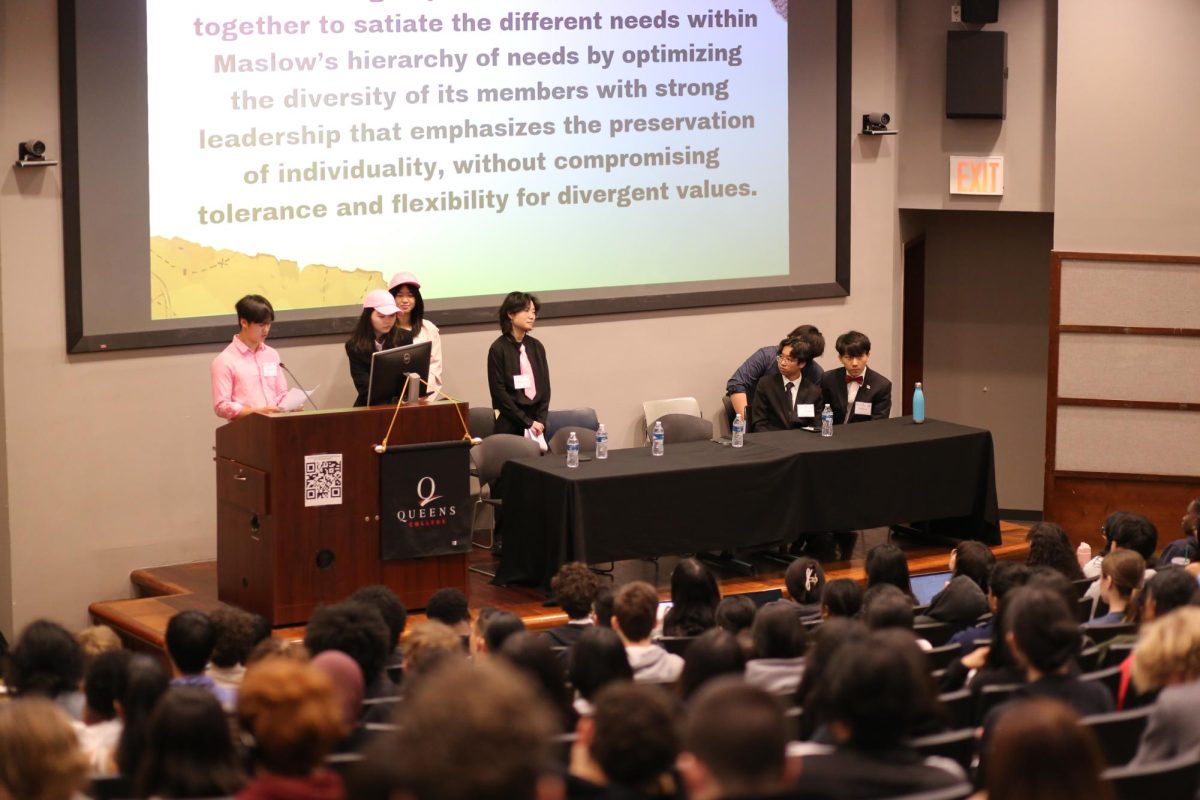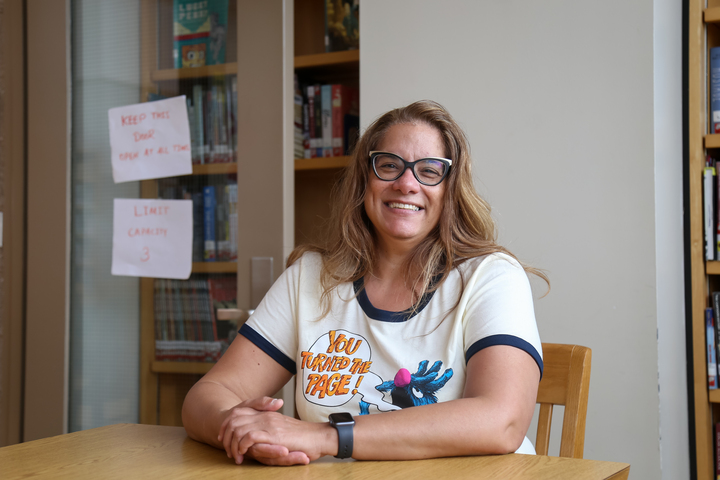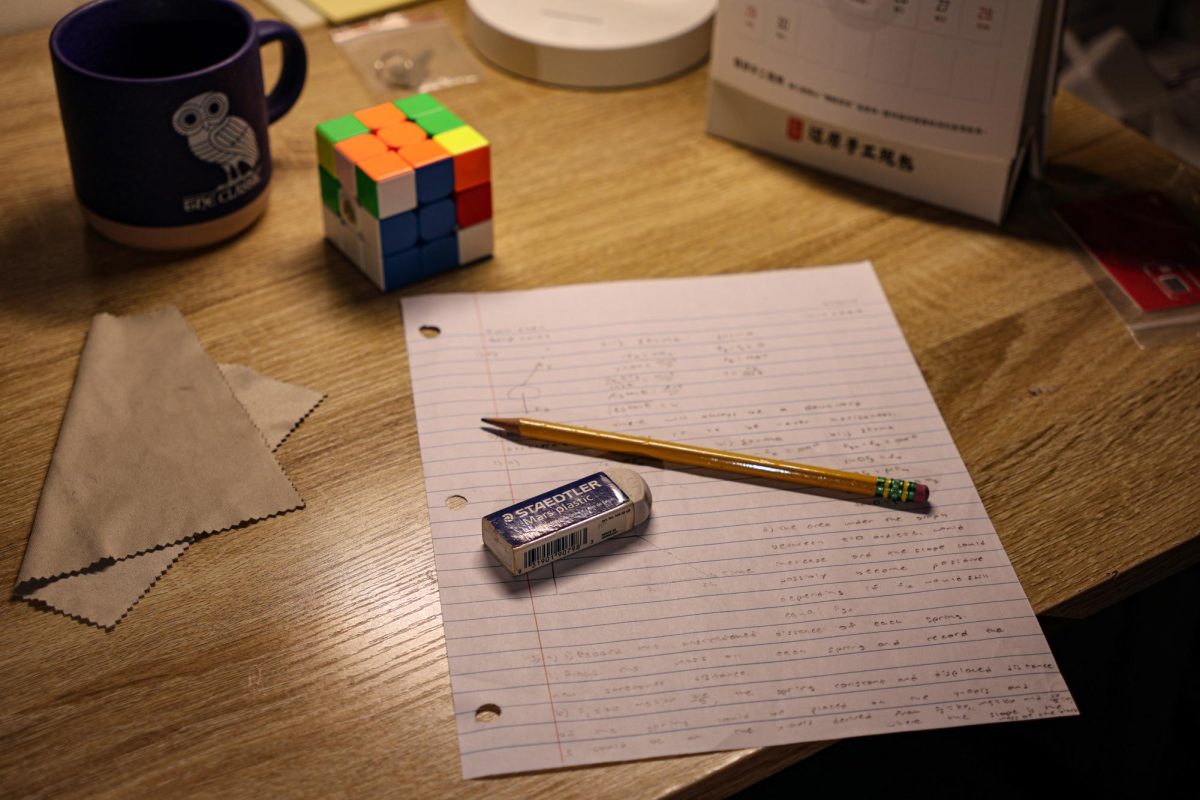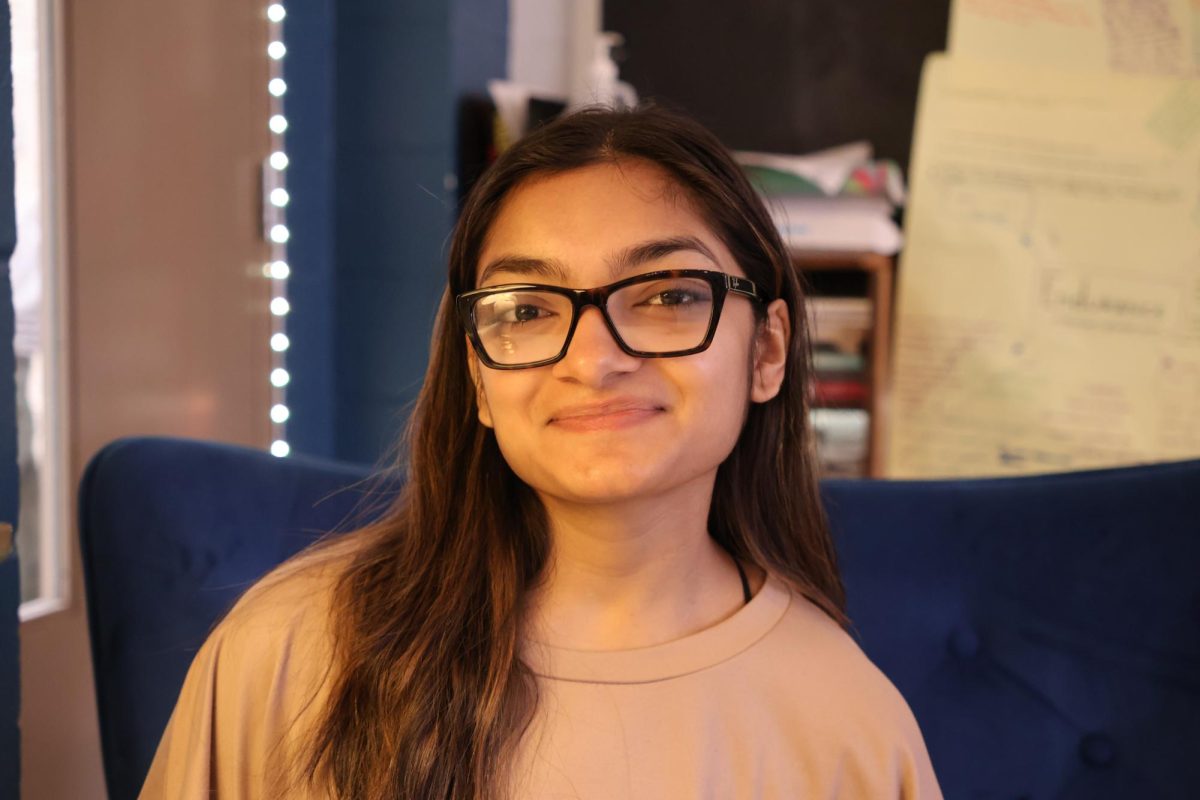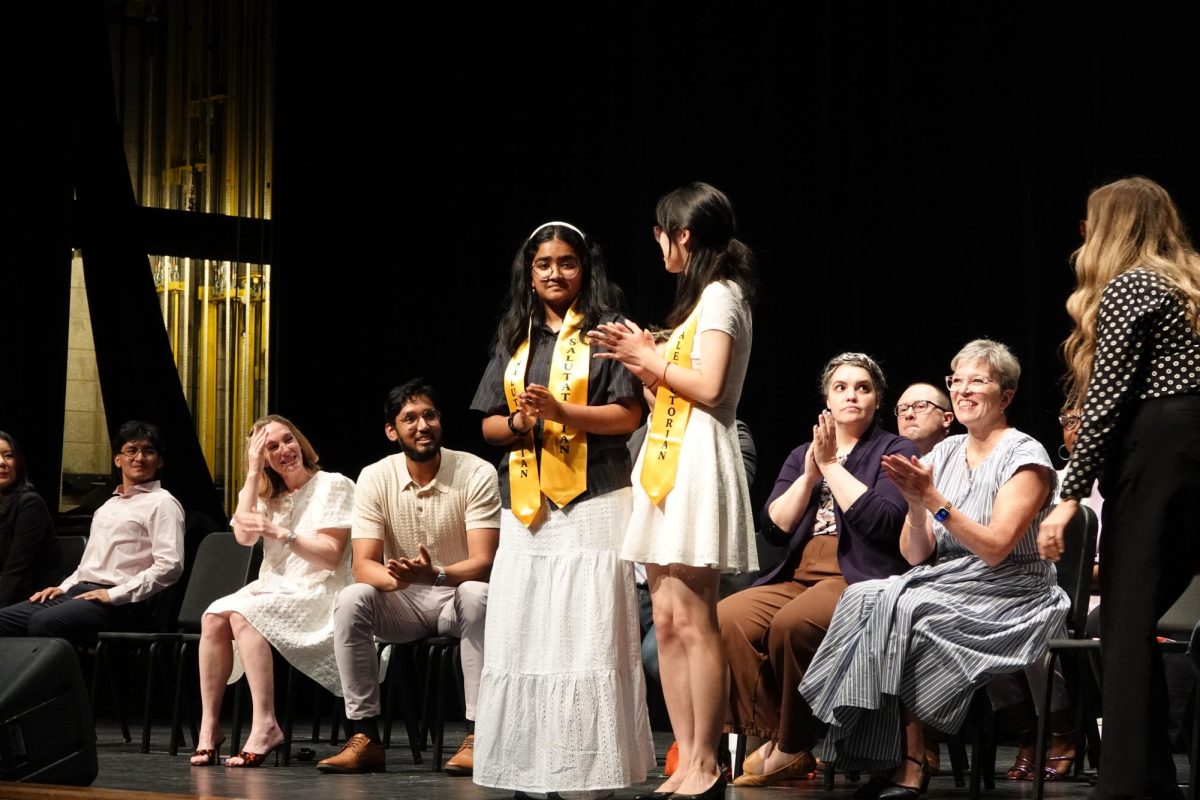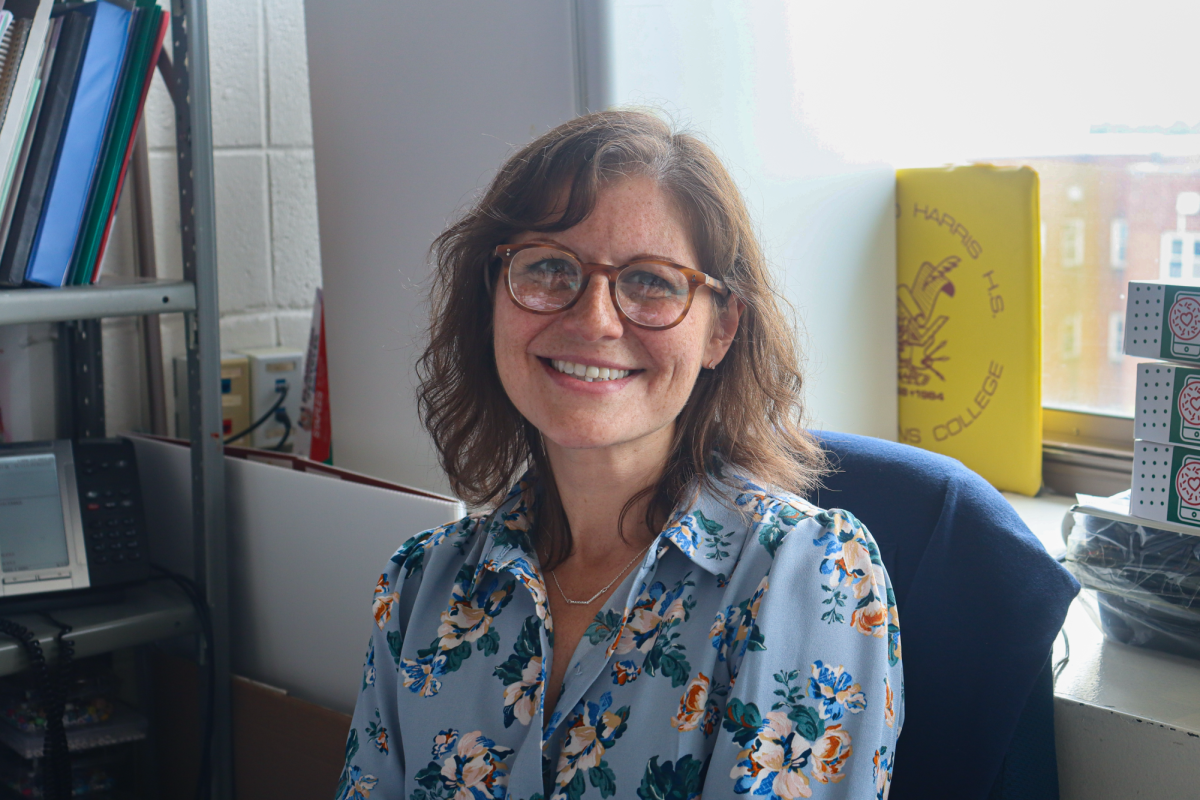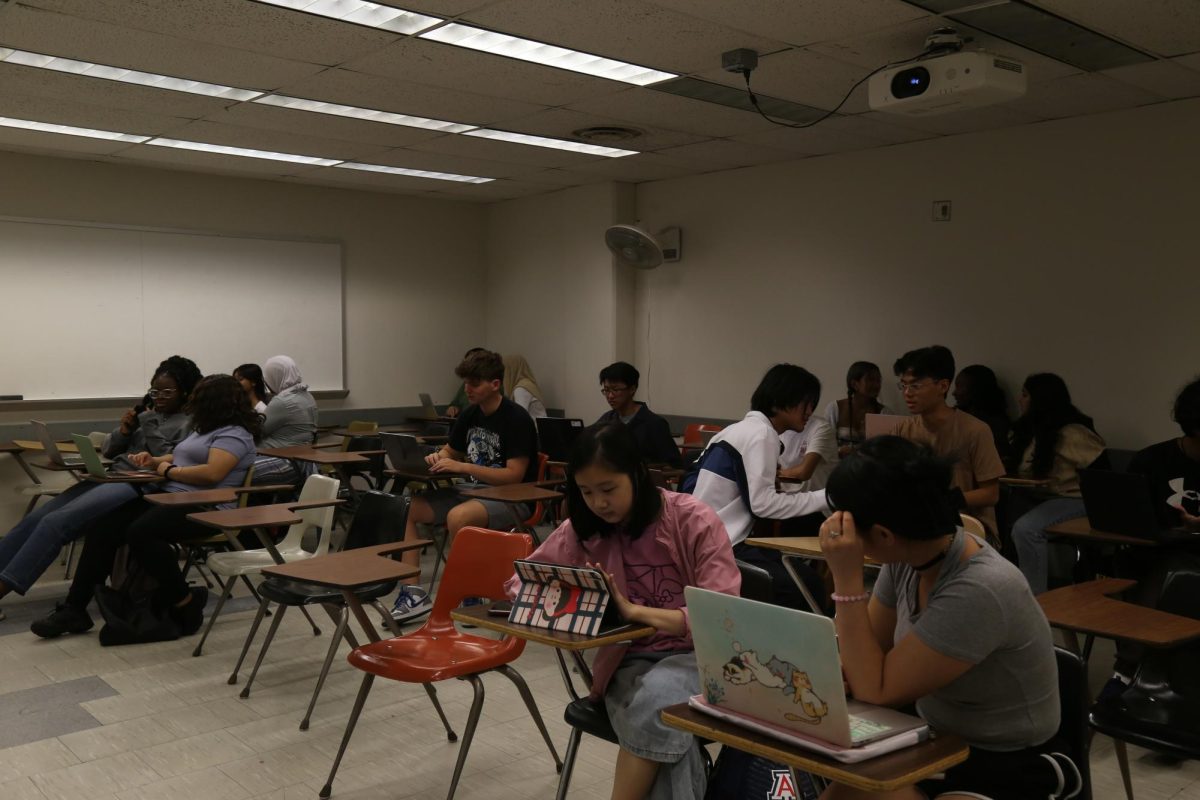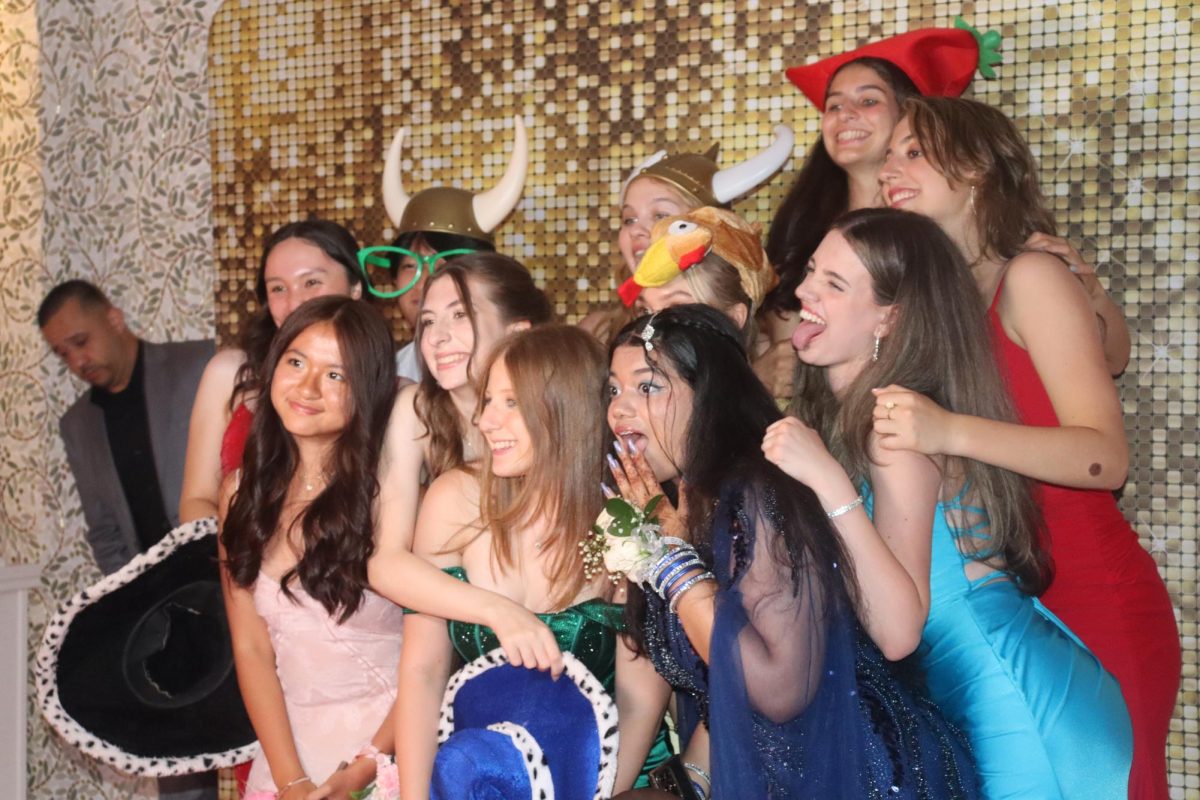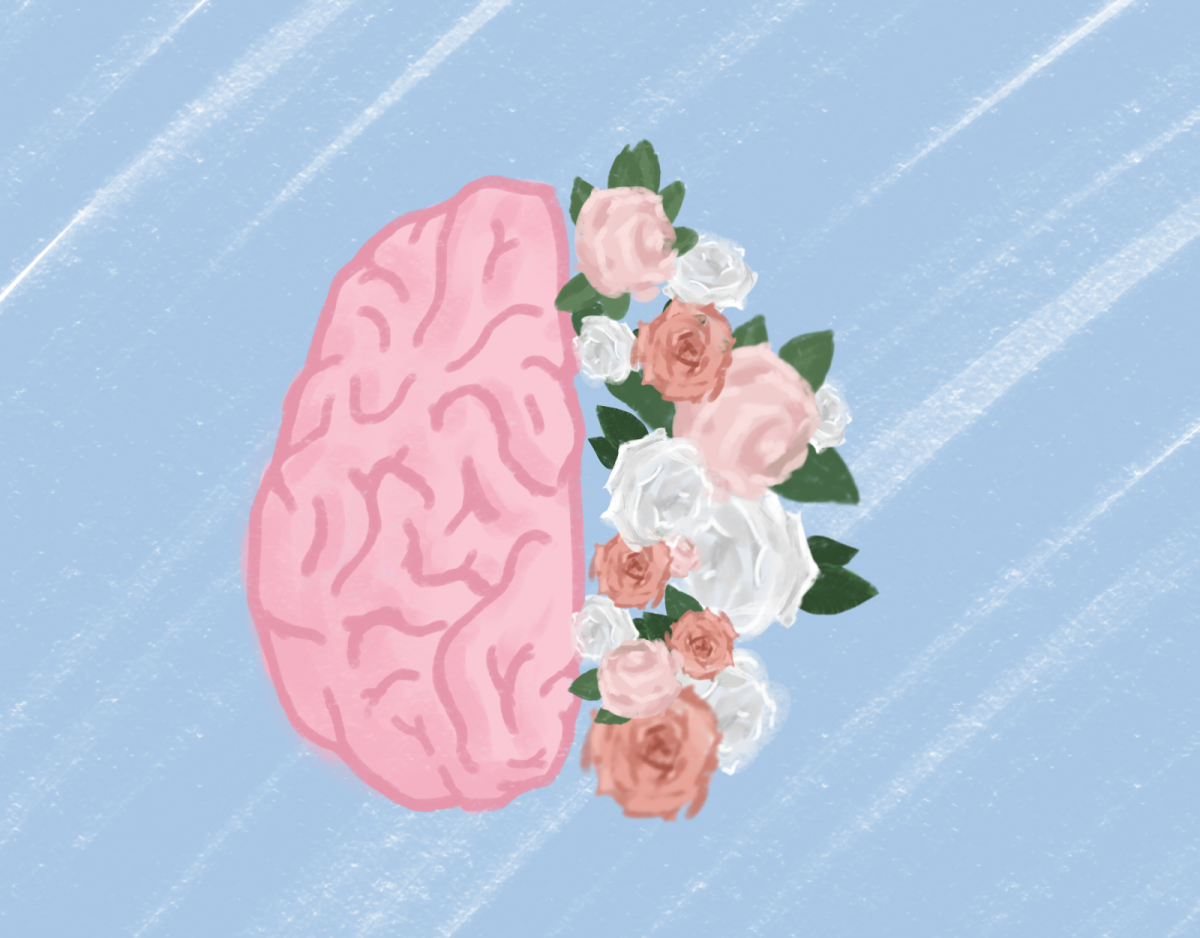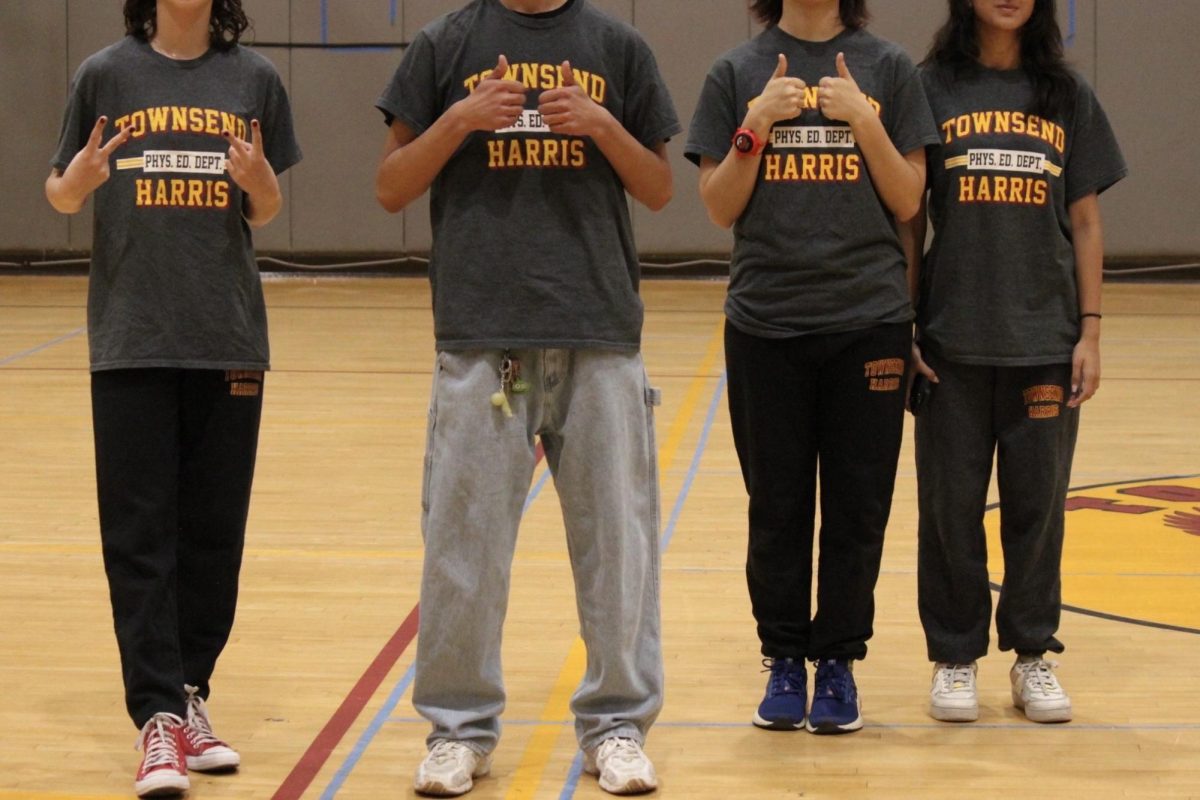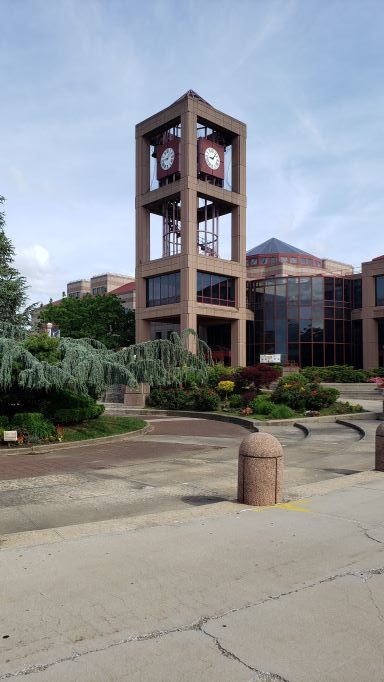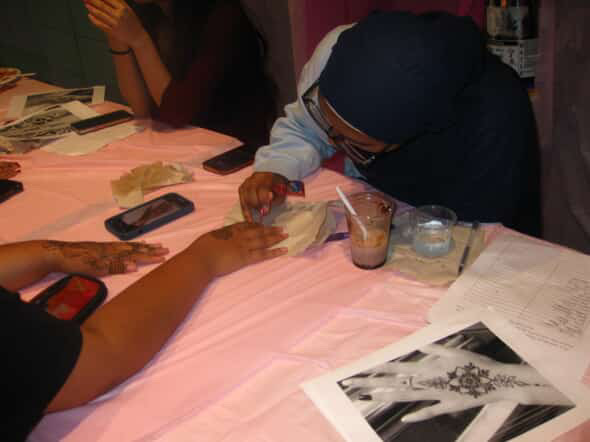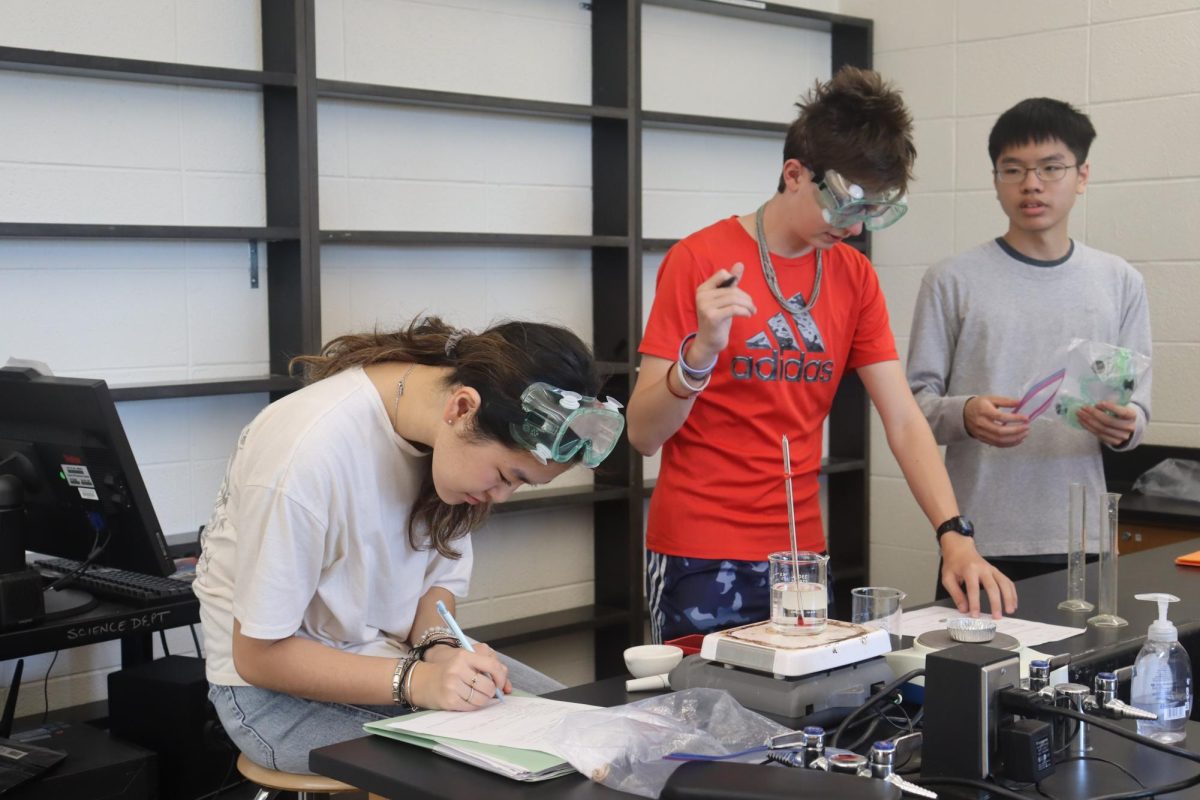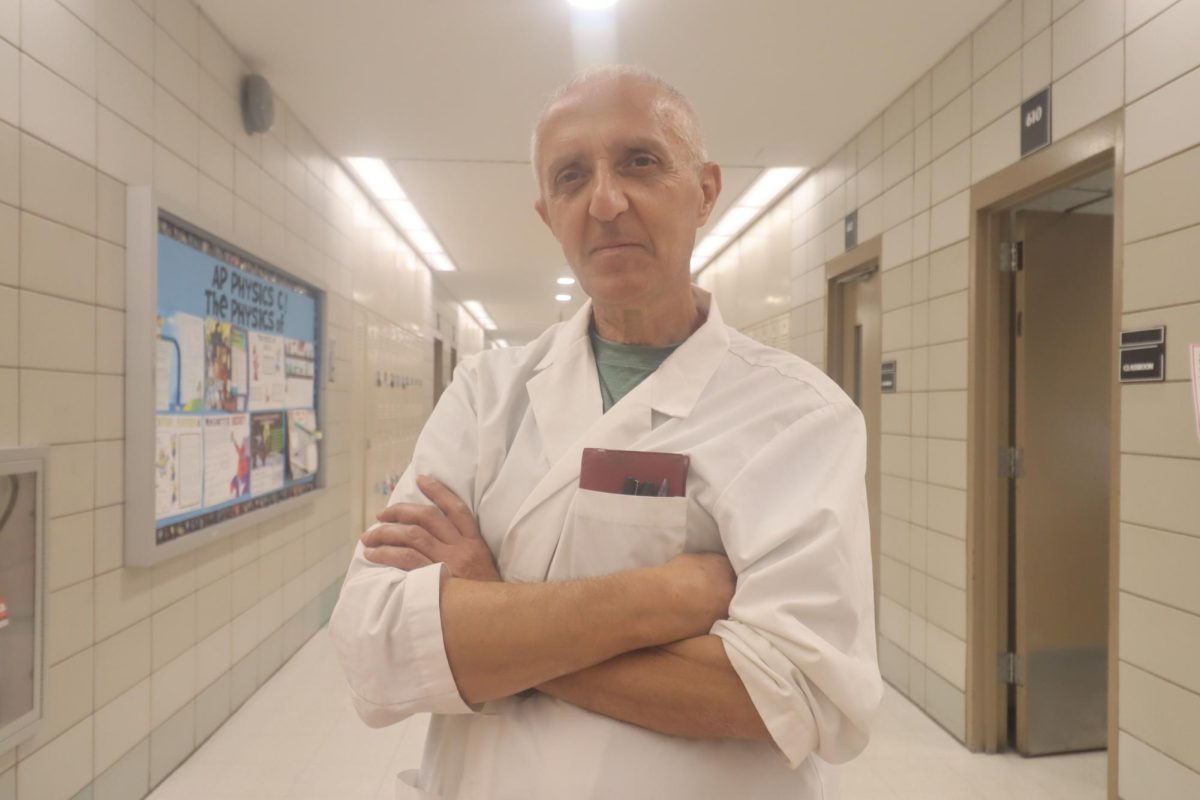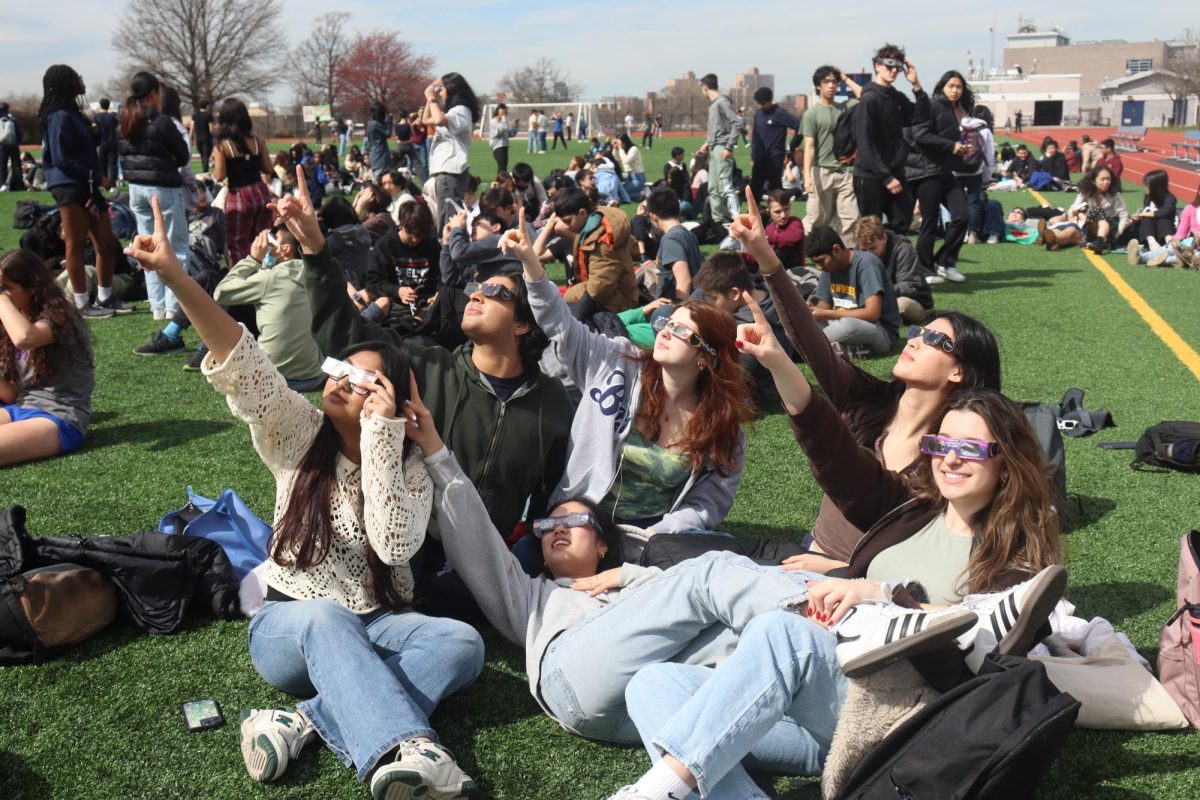
Written by Ishabul Haque
After decades of trial and error, scientists for the first time have announced the discovery
of gravitational waves, which are ripples in space and time that Albert Einstein hypothesized long ago.
Einstein had proposed the existence of gravitational waves as an outgrowth of his theory of relativity. It depicted gravity as a distortion of space and time triggered by the presence of matter. Scientists have now identified gravitational waves coming from two distant black holes that orbited one another, spiraled inward and smashed together at high speed to form a single, larger black hole. The two black holes are 36 and 29 times the mass of the sun.
This discovery was achieved through the use of a pair of Laser Interferometer
Gravitational-Wave Observatory (LIGO) that detected extremely small vibrations from the gravitational waves as they passed through the Earth. The researchers then converted the wave signals into audio waves and listened to the sounds of the black holes merging. With this, it opens doors for new ways to observe the universe as it should help scientists gain knowledge about enigmatic objects like black holes and neutron stars. It may also provide insight on other unsolved mysteries of the universe.
Physics Teacher Joshua Raghunath described this discovery as “gaining an entire new sense.” He added, “Instead of only looking at the universe through light, we can now look at it through waves of gravity.”
Previously, everything scientists had known about the cosmos derived from
electromagnetic waves such as radio waves, visible light, infrared light, X-rays and gamma rays. These waves often encounter interference as they travel across the universe and can only tell part of the story.
Sophomore Sam Diaz believes that with the discovery of gravitational waves, “we can learn more about the universe we live in.” Unlike electromagnetic waves, gravitational waves experience no such barrier and they will be able to reveal more about the story of our universe.

